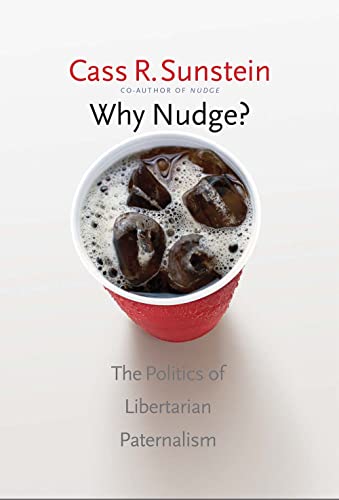Economic, Demographic, and Epidemiological Transitions and the Future of Health Labor Markets
Last April a new working group for human resources strategy in the WHO was created with the following subgroups:
1. Economic, Demographic, and Epidemiological Transitions and the Future of Health Labor Markets
2. Transformative Education
3. HRH Data, Measurement of Impact
4. Positioning of and Accountability for HRH in the Post
5. Public Sector Stewardship/Leadership for Health Systems
6. Addressing Special Needs of LMICs and Fragile States
7. Performance/Quality/ Productivity/Regulation
8. Non-health professionals
The
first report has been released recently and it is helpful because:
Summarizes the analysis of available data and studies on health sector employment, taking into consideration the macroeconomic, demographic and epidemiological factors, and the greater mobility of health workforce in a globalizing labor market. Specifically, this paper draws on the key findings from the three background studies that have been commissioned to address the following issues.
1. Examine the macroeconomic context and evidence on the extent to which employment in the health sector contributes to overall economic growth and to productive employment and the general trends in the health labor market
2. Forecast the health workforce supply and demand to 2030, based on a the estimation of HRH needed to provide essential health services to the population (assuming no change in technology or service delivery model), and the size of health workforce that countries can feasibly produce and employ based on their economic capacities and outlook .
3. Review the trends and impact of globalization and mobility of health workers on national policies on health workforce
Although I'm not a supporter of "wishful thinking" forecasting, I understand that some effort should be made in this direction. WHO is making it with a global perspective, and each country should do its homework. Is there anybody nearby working on that?.
Demand and supply should meet and reach a long-term equilibrium. Regulatory conditions and incentives should be reviewed to achieve better efficiency. This is a precondition for an efficient health system.
PS. Three decades ago I read Marta Harnecker book "
The Basic Concepts of Historical Materialism". Then, I could understand the difference between nacionalization and socialization of means of production that Lenin proposed a century ago, and why nationalization was not enough to achieve his political goals. Marx and Lenin forgot the relationship between ownership and efficiency, about how
incentives really work. History provides relevant lessons about this oblivion and we should
avoid going back in time.
